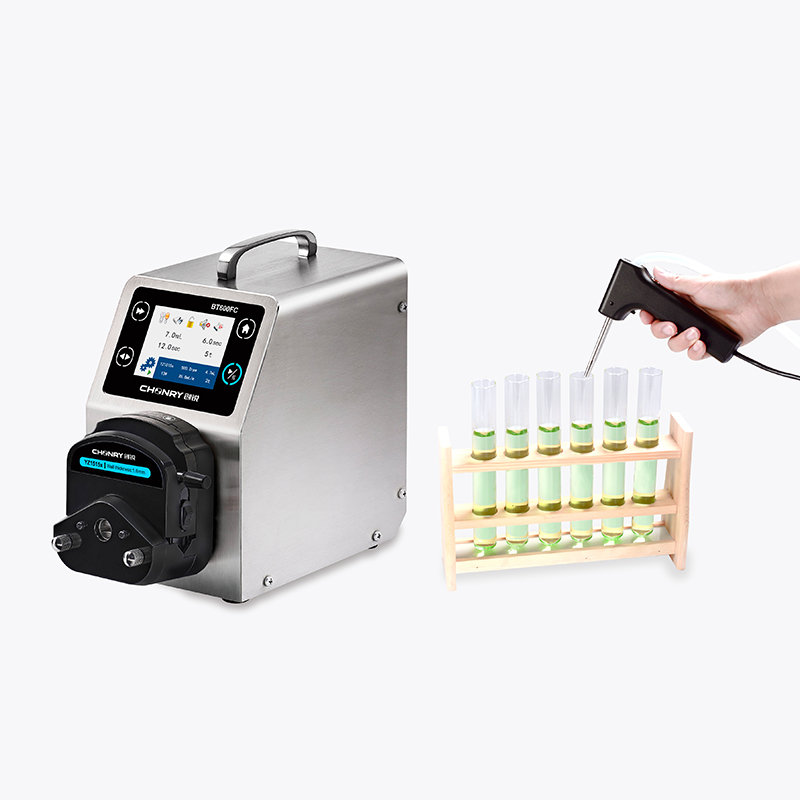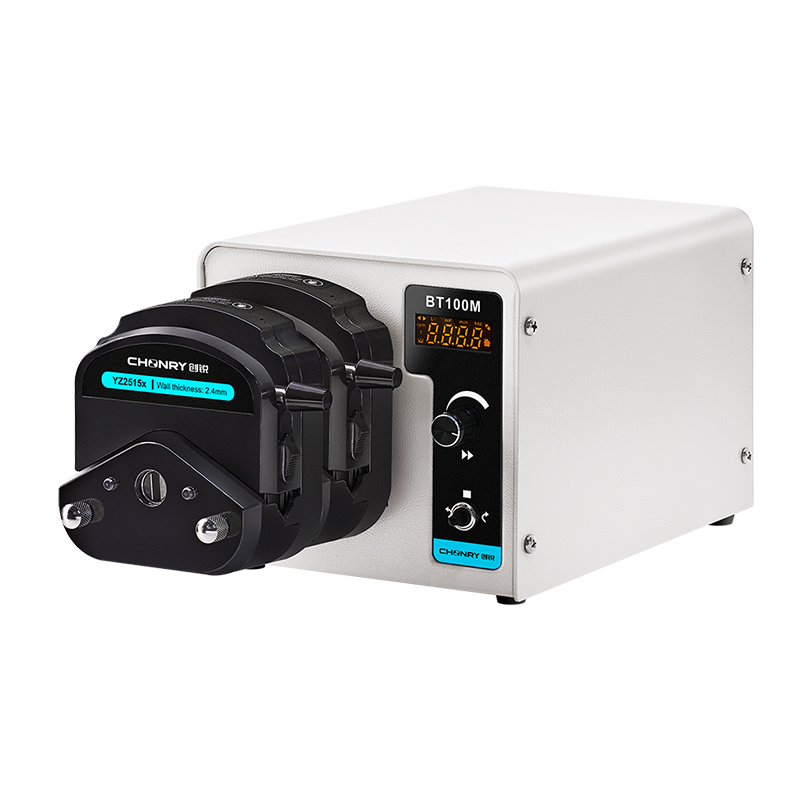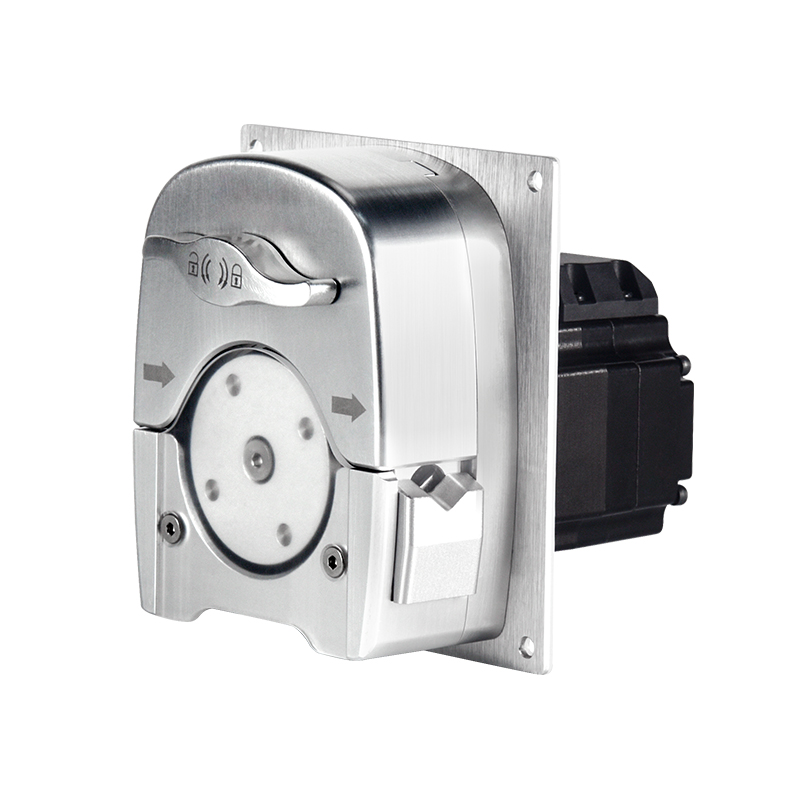
How does the peristaltic pump produce pressure?
To understand this problem, first of all, we need to understand how the peristaltic pump produces pressure. The peristaltic pump relies on the roller to squeeze the hose to transport the liquid. In order to prevent the liquid from flowing back, it must always keep the sealing, and with the sealing, a certain pressure will be generated accordingly.
How much pressure can a peristaltic pump normally reach?
The pressure of peristaltic pumps is related to the pump head design, the wall thickness of the peristaltic pump, and the specifications of the peristaltic pump tube. The usual pressure of the peristaltic tube pump is about 0.15Mpa-0.2Mpa. Some
of high-pressure peristaltic pumps can up to 0.6-1.0Mpa, for example, Chonry® UCP328 Peristaltic Pump OEM RF Ablation System Cooled Pump is 6 bar. The peristaltic hose pump has a large pressure of up to 10Mpa.
The pressure of the peristaltic pump is related to the tightening of the pressure pipe. The looser the pressure pipe is, the smaller the pressure is, the longer the hose life is, and there will be no pressure when it is not sealed. On the contrary, the tighter the pressure pipe is, the greater the pressure is, and when it is tightened to a certain extent, the fatigue wear of the pressure pipe will occur, and the hose life will be shorter.
In summary, the pressure of the peristaltic pump is determined by the gap between pressure pipes, which is why the same type of peristaltic pump applies the same thickness of the hose wall, the size of the inner and outer diameter is not the key, as long as the wall thickness is the same (the roller is long enough) you can use the same pump head. But the problem arises. If the same 2.4mm thick hose is produced between the manufacturer and the manufacturer, there must be some error in the hose. Even if the same manufacturer produces the same hose, there will be an error of <0.1mm. For the pressure of the peristaltic pump, the error of 0.1mm is enough to cause a great pressure difference, that is to say, in the case of a certain gap between the pressure pipe, the hose is different. Pressure will be different, and accordingly, hose life will be different.
In practical application, excellent peristaltic pump design will have the function of pressure regulation to adapt to the size differences between different manufacturers, and domestic and imported pump pipes. This function is very important for pumps with wall thicknesses of less than 2.4mm because very small errors will lead to a large differential pressure. Another application of this function is that it can be used in situations requiring different pressures, which can be achieved through pressure regulation. Of course, the pressure range here should be within the scope that peristaltic pumps can withstand. The pressure range of a peristaltic pump with a wall thickness of 2.4mm or less is about 0-0.25Mpa, and that of a peristaltic pump with a wall thickness of 4.8mm or more is about 0-0.6Mpa. The main factor affecting the pressure of the peristaltic pump is the wall thickness of the hose. The thicker the wall thickness, the greater the pressure-bearing capacity of the hose, and the greater the pressure that can be achieved.
















